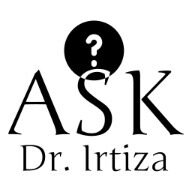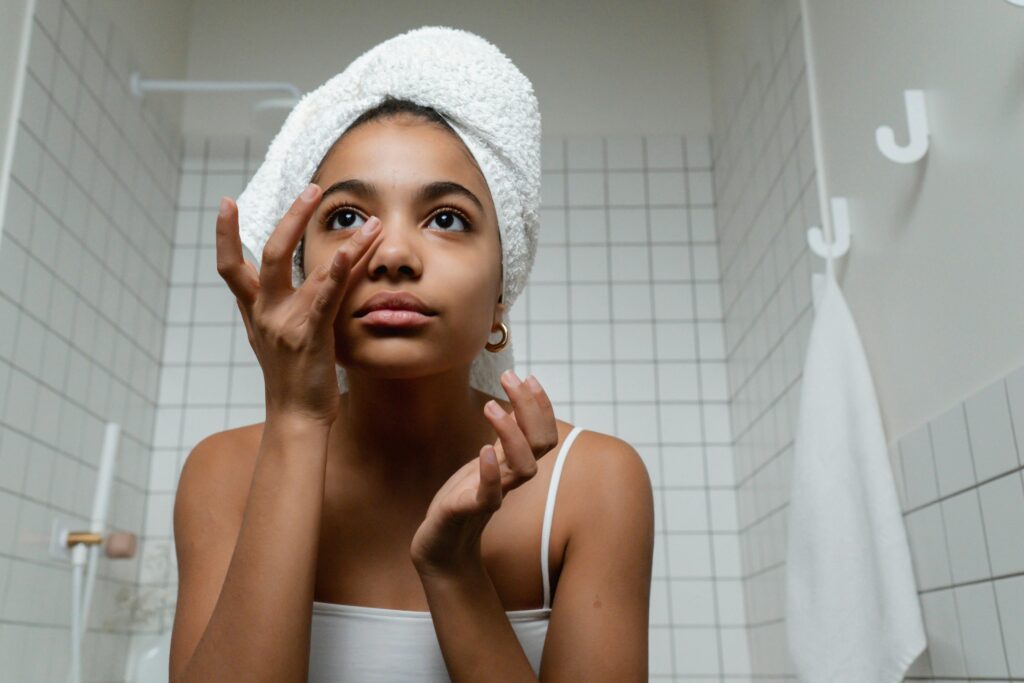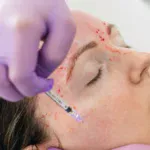Thinking of starting a morning skincare routine?
Know the basics and start your journey as per your skin’s requirements.
For a morning skincare routine, we have a million products available on the market these days, and we randomly start using these products as seen on social media and TV without keeping in mind our skin needs, which can be harmful for the skin and a financial burden too. Adding too many products to your skincare can not only damage your skin, but it can also be extremely exhausting and hard to maintain due to a lack of consistency.
How to start a morning skincare routine
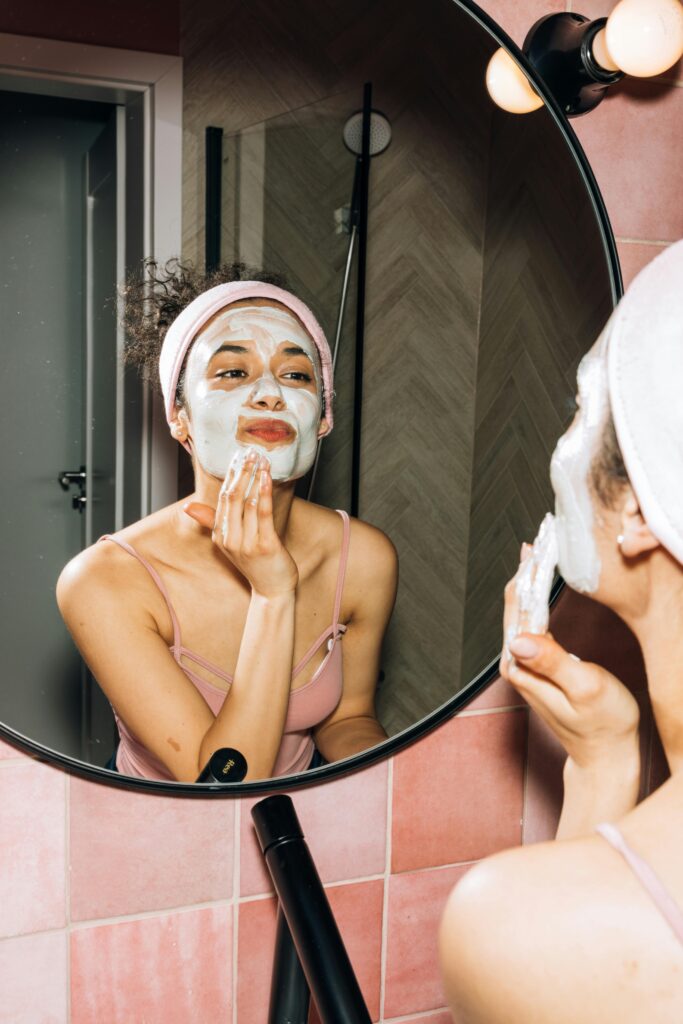
Start with knowing your skin. Your skin type and your skin concerns will determine what you need to include in your skincare routine. Know what you really require and how you can start your skin care journey.
The first thing is figuring out your skin type. This will help you choose the best products for your morning and night routines. There are five main skin types:
- Normal: Lucky you! This skin type has balanced oil and hydration, so it’s not dry, oily, or easily irritated.
- Dry: Feeling parched? Dry skin lacks moisture, making it feel rough, flaky, and sometimes itchy.
- Oily: Got shine? Oily skin produces too much oil, leading to a greasy feeling and breakouts.
- Combination: This is a mix of both! Oily T-zone (forehead, nose, chin) and drier cheeks.
- Sensitive: Are you easily bothered? Sensitive skin reacts easily to products, climate, or anything else that disrupts its barrier. It can feel itchy, red, or stingy after using certain products.
What is a morning skincare routine about?
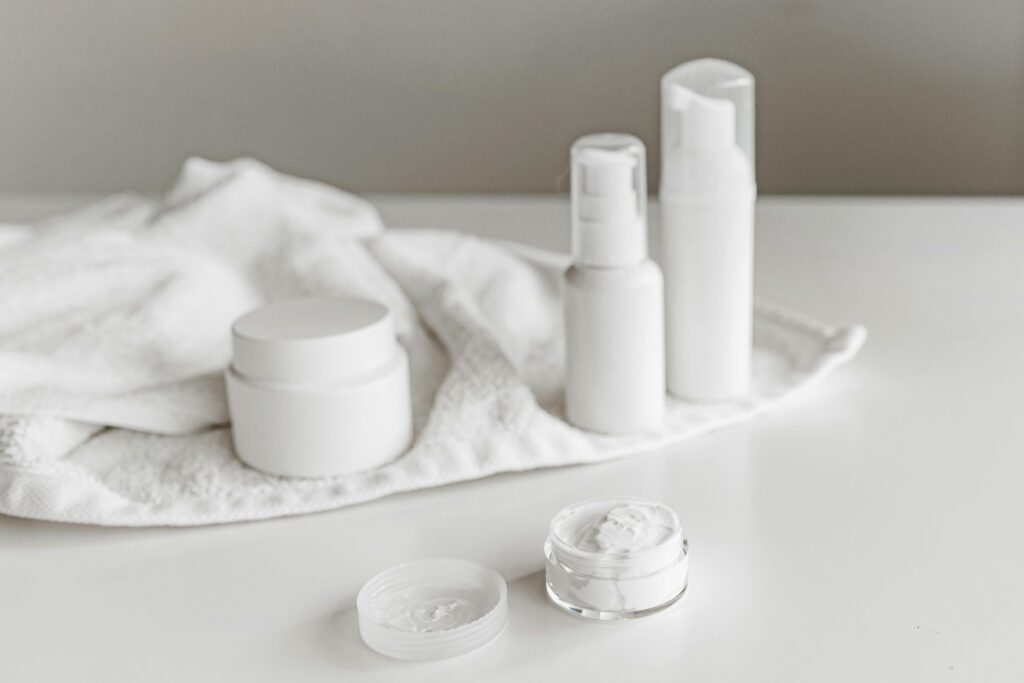
Having a skincare routine is not only about cleansing your face; it also includes hydrating your skin, protecting your skin from the elements, and taking care of any skin concerns, if any.
The most basic elements of a morning skincare routine include a good cleanser, a moisturizer, and a sun protection formula (sunscreen). Depending on your skin type, skin concerns, and goals, you can always add additional treatments to your routine.
Remember, a morning skincare routine is always highly protective.
A Basic morning skincare routine:
Step-1: Cleanse.
This removes any sweat, oil, or leftover product from the night before. You can use lukewarm water only, a gentle cleanser, or micellar water. Splash with lukewarm water, apply your cleanser, and massage gently for about 30 seconds, then rinse thoroughly and pat your face dry with a clean towel. Opt for an alcohol-free, gentle cleanser that will not strip your skin’s oils that are needed to maintain a healthy skin barrier.
Skin type considerations: Cleansers containing glycerin, ceramides, or hyaluronic acid help hydrate dry skin. Cleansers with salicylic acid, benzoyl peroxide, glycolic acid, or tea tree oil help control excess oil and reduce acne breakouts.
Step-2: Moisturise.
Apply a moisturiser suitable for your skin type. This helps keep your skin hydrated and plump throughout the day. Moisturizers help seal moisture and increase the water content of the skin.
Moisturizers are important for repairing the skin barrier. People with oily skin types can opt for oil free moisturizers.
Moisturizers with ceramides or shea butter are ideal for dry skin. For oily skin, moisturizers that are gel-based, contain heart acid, and are oil-free are the best, as they don’t clog pores.
Step-3: Sunscreen.
Sunscreen is the most crucial step in any skincare routine, morning or night. Sunscreen protects your skin from harmful UV rays that can cause sunburn, premature aging, and even skin cancer. Choose a broad-spectrum sunscreen with SPF 30 or higher and apply it generously to your face and neck, reapplying every two hours, especially if you’re outdoors.
Wearing sunscreen regularly reduces the risk of skin cancer.
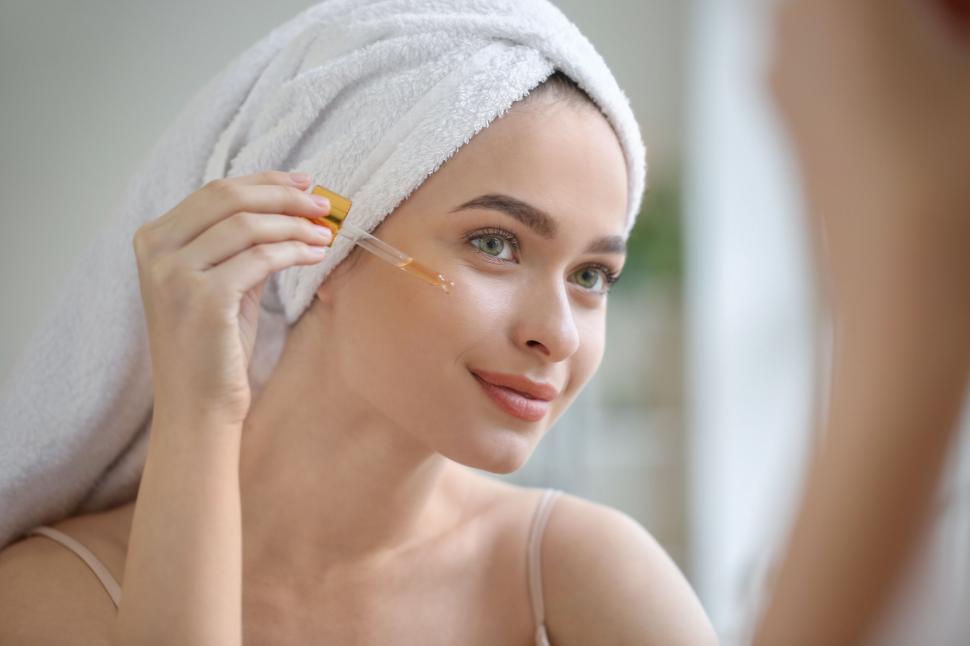
Include these in your morning skincare routine
Toner:
Toners can help remove any leftover traces of cleanser or balance your skin’s pH. However, they aren’t necessary for everyone. Toning is not really necessary, but it can benefit people with dry skin or acne-prone skin. To apply, take a small amount on a cotton pad and gently pat it onto your face. Focus on the “T-zone” (forehead, nose, and chin) if you have acne-prone or oily skin.
Serum:
Serums are concentrated treatments that address specific skin concerns like wrinkles, dryness, or dark circles.
Boost your morning skincare routine with an antioxidant serum.
These serums help brighten, hydrate, and shield your skin.
Look for ingredients like vitamin C, E, or niacinamide (vitamin B3) for daytime protection against environmental damage and UV rays.
Gently apply the serum to your face, and don’t forget the neck.
Choosing the right antioxidant for your skin:
Vitamin C:
It works well for all skin types, brightens skin, and fades dark spots.
Dry skin? Try vitamin E or hyaluronic acid serums for extra hydration.
Oily or acne-prone skin? Niacinamide is your friend! It helps reduce oil, brighten skin, minimize pores, and soften wrinkles.
Important tip: Avoid mixing vitamin C serums with niacinamide, as it can make them less effective.
Closing Notes
Be gentle with your skin. Avoid scrubbing or using hot water.
Patch test new products on a small area of your skin before applying them to your entire face.
Be consistent with your routine for optimal results.
This is a basic routine, and you can adjust it based on your skin type and needs. If you have any concerns, consult a dermatologist.
Want to read more like this one? Visit the HomePage
